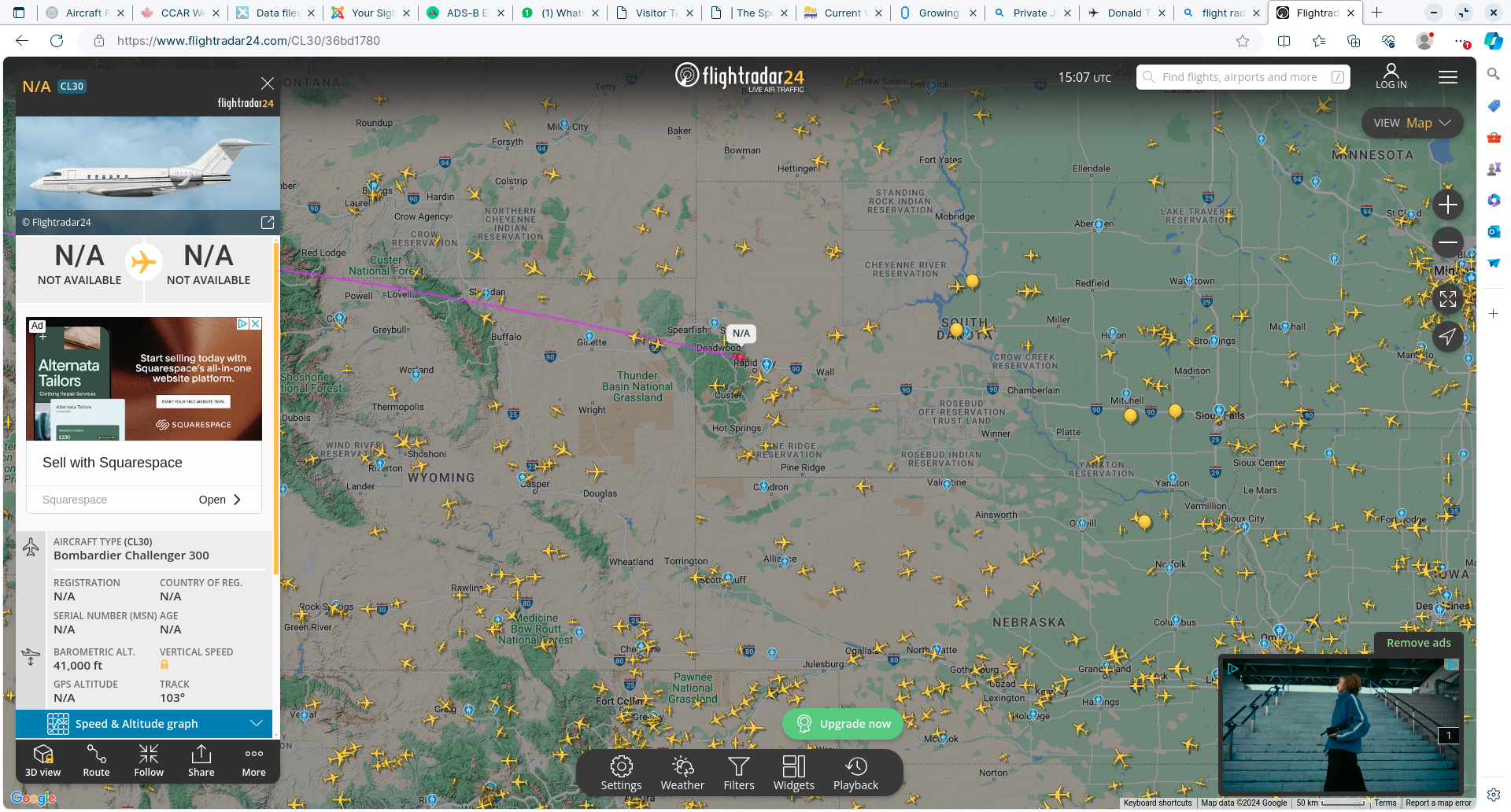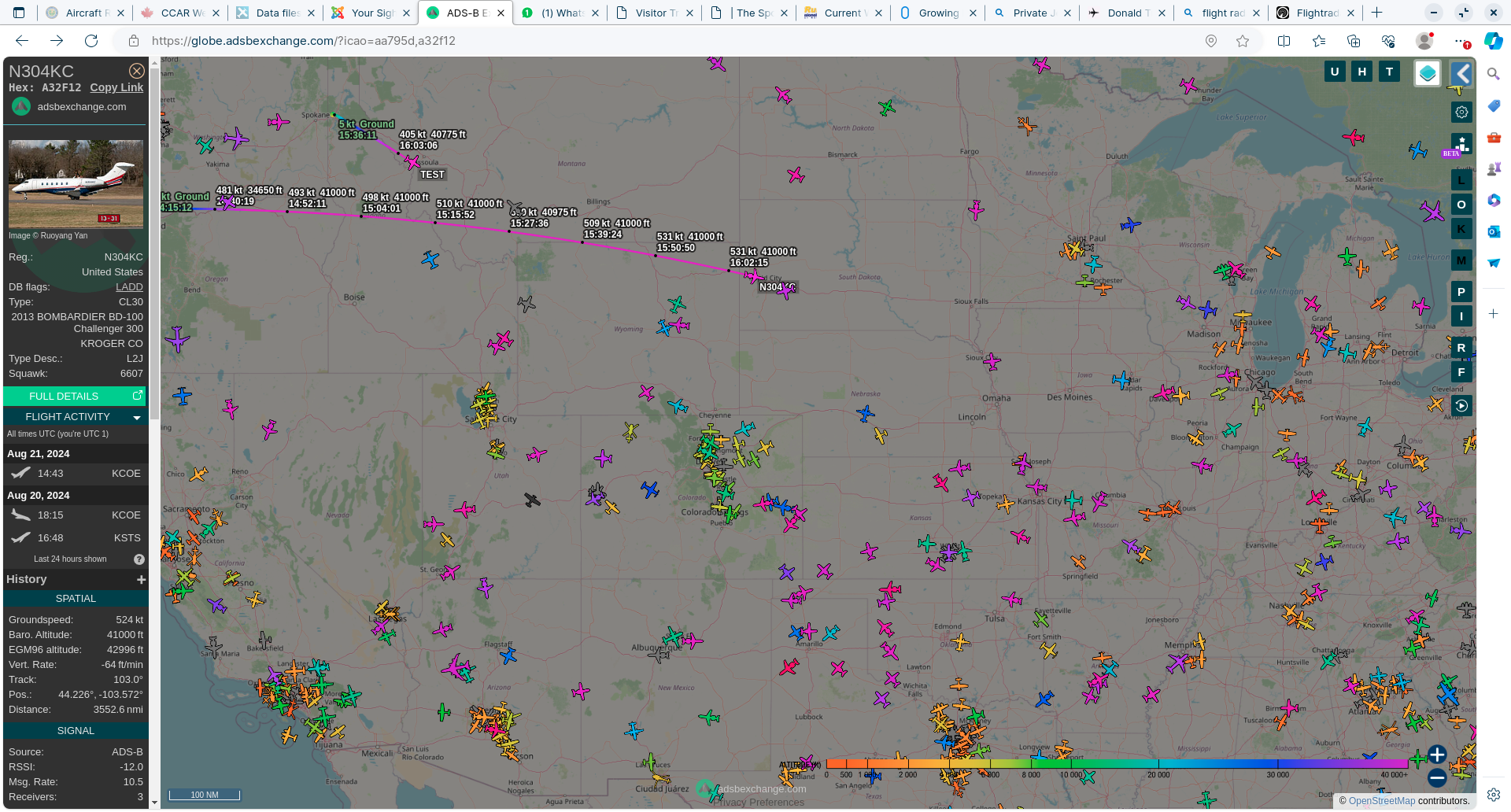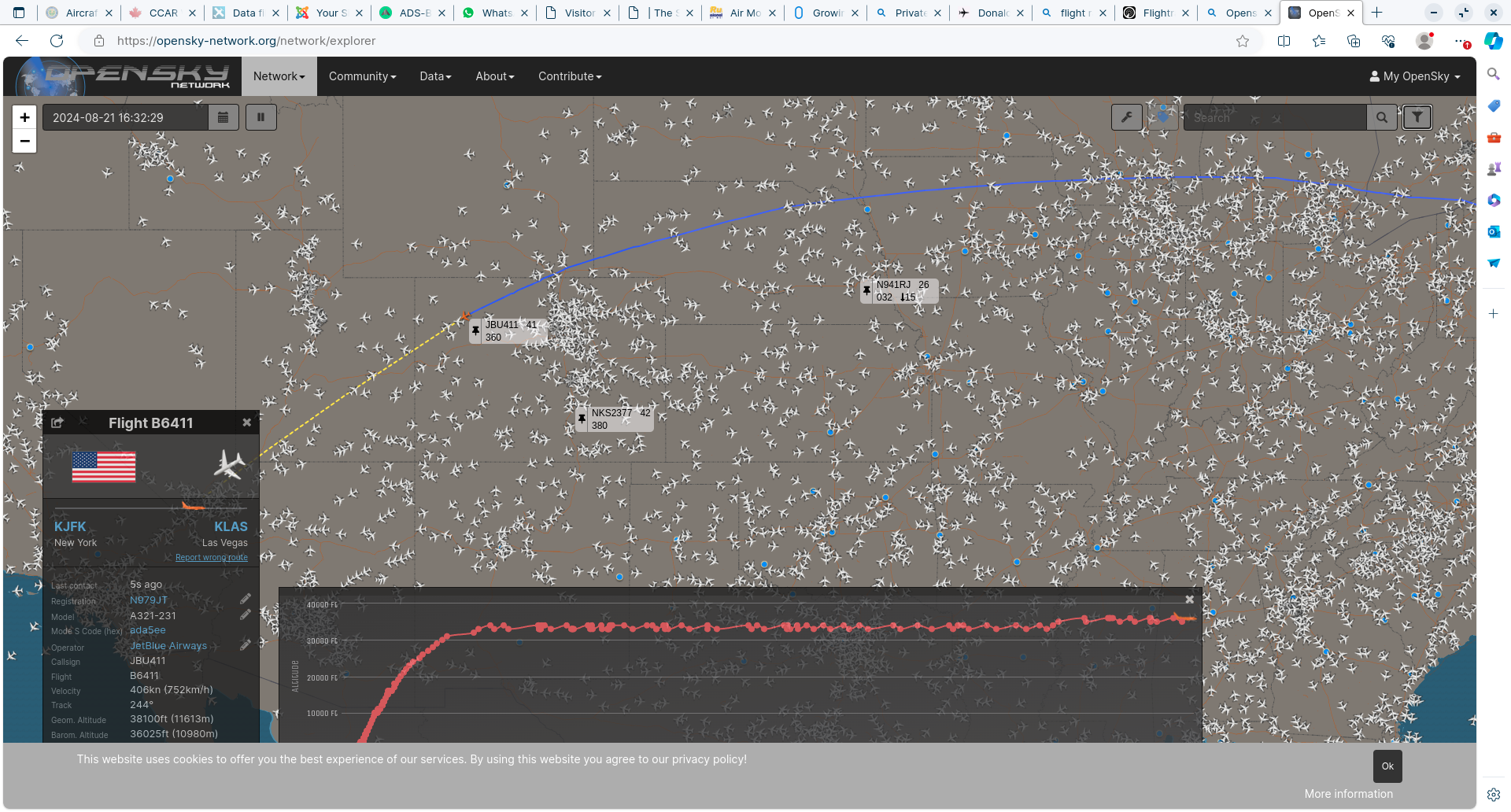Hidden Data – may be more apt!
Since the recent visit to Prestwick of the unmarked KC-135, there has been a bit of a hullabaloo on the social media groups and forums used by plane spotters. So in an attempt to explain where we are I’m going to create a couple of posts here, this first post will cover off some of the basics and I’ll get into the detail in subsequent posts,
Some History.
Plane spotters have always been a resourceful group, many spotters work in the aviation industry and have historically been able to access data and disseminate it quickly to other spotters. Even in the 1960’s (before there was any dedicated technology) it wasn’t uncommon to see crowds turn up at some out of the way place if there were unusual movements.
By the 1970’s you could track aircraft listening to Short Wave radio, if you had the right (fairly expensive) equipment. In the late 1970’s along came the ACARS system, where the aircraft identity and some telemetary was transmitted using a a varsion of Teletype data. This system is still in use today, although it doesn’t have the convenience of the newer systems from a spotters perspective.
Latterly the vast majority of aircraft tracking has moved to ADSB and it’s off shoots. So now anyone with a reasonably modern phone can track aircraft, no matter where they are provided they have data coverage.
So what is being hidden?
There are two Federal Aviation Authority programmes that are in operations at the moment, one Limiting Aircraft Displayed Data (LADD) has global reach and in truth just slightly anoying from a spotting perspective. This service is an FAA service and should apply only in US Air Space, but affects anyone taking data from the FAA sources – so if the aircraft is in the LADD programme – that’s the data displayed by third parties taking the FAA feed so aircraft are displayed minus certain pieces of data.
The easiest way to see what data is hidden is to compare an aircraft on Flight Radar 24 and ADSB Global, as you will be able to see there is quite a lot missing but you can still identify the aircraft on the latter site.
The other the Privacy ICAO Address programme (PIA) is currently limited in scope, covering only FAA regulated air space. But there is provision in the latest FAA rules, signed into law in May this year that would allow this to be extended globally with the agreement of other nations. This is a real pain for the spotter, as the aircraft is allowed to electronically hide it’s true identity and broadcast a completely fake identity – there are currently some 55,000 hexcode/registration allocations for these. You can do your own detective work on ADSB global, where you can see that all that is displayed is a call sign and a fake hexcode/registration.
With both of the above programmes, the physical registration must still be displayed – so the Mk 1 eyball still defeats the objective.
What about the military?
So there have been a number of recent reports of unmarked military aircraft, along with some misconceptions about the why. The reason given for the military aircraft flying without any markings other than national insignia (that’s all that’s required by law) is, Operational Security (OPSEC). Currently as far as I’m aware only aircraft operated by the United States Air Force Air Mobility Command (AMC) are in scope for the removal of aircraft identification marks and when time allows I will provide a list of these.
But in the meantime, here is a list of the units that fall into the scope of being painted in the new scheme – with no identifying marks.
AIR BASE WINGS
87th Air Base Wing | Joint Base Mcguire-Dix-Lakehurst, New Jersey
628th Air Base Wing | Joint Base Charleston, South Carolina
AIR MOBILITY WINGS AND GROUPS
43rd Air Mobility Group | Pope Army Airfield, North Carolina
60th Air Mobility Wing | Travis Air Force Base, California
305th Air Mobility Wing | Joint Base Mcguire-Dix-Lakehurst, New Jersey
375th Air Mobility Wing | Scott Air Force Base, Illinois
AIR MOBILITY OPERATIONS WINGS
515th Air Mobility Operations Wing | Joint Base Pearl Harbor-Hickam, Hawaii
521st Air Mobility Operations Wing | Ramstein Air Base, Germany
AIRLIFT WINGS
19th Airlift Wing | Little Rock Air Force Base, Arkansas
62nd Airlift Wing | Joint Base Lewis-Mcchord, Washington
89th Airlift Wing | Joint Base Andrews, Maryland
317th Airlift Wing | Dyess Air Force Base, Texas
436th Airlift Wing | Dover Air Force Base, Delaware
437th Airlift Wing | Joint Base Charleston, South Carolina
AIR REFUELING WINGS
6th Air Refueling Wing | Macdill Air Force Base, Florida
22nd Air Refueling Wing | Mcconnell Air Force Base, Kansas
92nd Air Refueling Wing | Fairchild Air Force Base, Washington
NUMBERED AIR FORCE
18th Air Force | Scott Air Force Base, Illinois
The list of types operated by the above units is quite extensive, but I don’t have knowledge of them all – although I’m putting the list together. But it does include some aircraft from the following types – KC-46, KC-135, KC-10, VC-135, V-22, C-20, C-21, C-32, C-37, C-5, C-130, C-17 – probably some others. But it should be noted that at the moment, the removal of visible identification marks applies only to Air Mobility Command aircraft – that of course could change.
Already reported by spotters as being used without any visible marks are, the following types – KC-46, KC-135, V-22, C-32, C-37 and C-130.
Now as a plane spotter I’m a bit hacked off with this whole thing, but there’s not a lot that can be done about it – if anyone wants to contribute to this then feel free I’ve covered the LADD and the PIA stuff in earlier posts but not the Air Mobility Command stuff yet as I’m still doing a bit of research.


